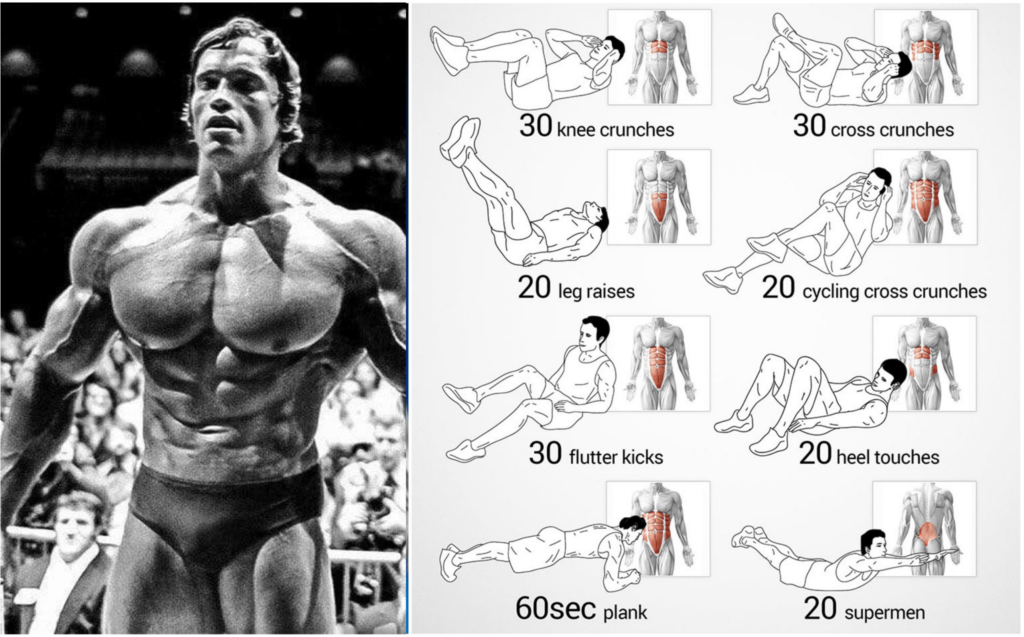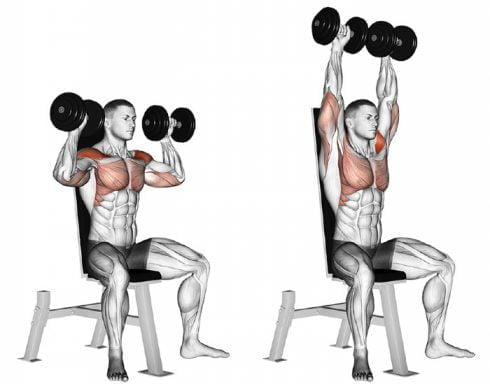Introduction
Maximizing Upper Chest Strength is an essential aspect of building a strong and well-defined upper body. The upper chest muscles, specifically the clavicular head of the pectoralis major, are responsible for lifting and pushing movements of the arms and shoulders. Having a well-developed upper chest not only improves your physical appearance but also enhances your overall upper body strength and performance.
In this content piece, we will cover everything you need to know about maximizing upper chest strength. We will discuss the anatomy of the upper chest muscles, the best exercises for targeting and building upper chest strength, incorporating progressive overload, proper nutrition, rest and recovery, and avoiding common mistakes. By the end of this content piece, you will have a comprehensive understanding of how to effectively train your upper chest muscles and achieve maximum strength gains.
Understanding Upper Chest Anatomy
The upper chest muscles consist of the clavicular head of the pectoralis major and the anterior deltoids. The clavicular head of the pectoralis major is the upper portion of the large chest muscle, the pectoralis major. It originates from the collarbone (clavicle) and inserts into the upper arm bone (humerus). When this muscle contracts, it pulls the upper arm bone upward and inward toward the body, such as in a bench press or flye motion.
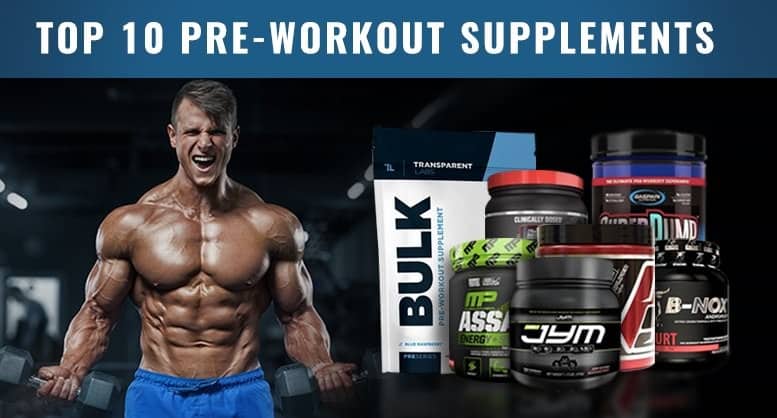
The anterior deltoids are a part of the shoulder muscles and are located at the front of the shoulders. They assist the upper pecs in lifting the arms above the head, such as in a military press or overhead dumbbell press. When these muscles contract, they lift the arms in a forward and upward motion.
Understanding the anatomy of the upper chest muscles is crucial for effective targeted training. By focusing on exercises that specifically target the upper chest, individuals can develop more strength and size in this area. For example, exercises like incline bench press, incline dumbbell flyes, and cable flyes all target the upper chest muscles more directly. These exercises involve lifting the arms or weights in a more upward and inward motion, which recruits the upper pecs more fully.
Incorporating a variety of exercises that target the upper chest muscles can also help prevent muscular imbalances, as other chest and shoulder muscles are also worked during these exercises. This can help to create a more aesthetically pleasing chest appearance, as the upper chest muscles can help create a more defined and full-looking chest.
Compound Exercises for Upper Chest Strength
Compound exercises that target the upper chest are movements that involve multiple muscle groups, with a focus on the upper chest muscles. Here are some examples:
Barbell Bench Press with Incline
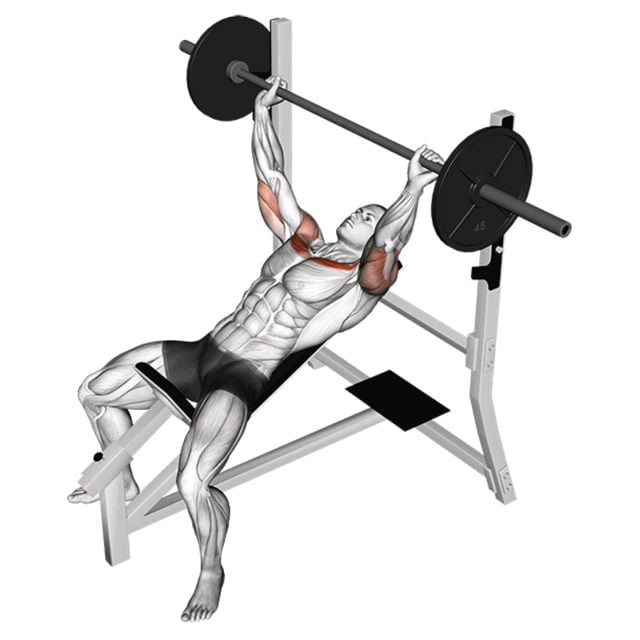
This exercise involves lying on an incline bench and lifting a barbell with both hands. It targets the upper chest muscles, as well as the triceps and shoulders.
Lie on an incline bench with your feet flat on the ground. Grasp the barbell with a wide grip and lower it towards your chest, keeping your elbows close to your body. Pause for a moment and then push the barbell back up to the starting position. Keep your core engaged throughout the movement to avoid arching your back.
Dumbbell Bench Press with Incline
Similar to the barbell bench press, this exercise involves lying on an incline bench and lifting dumbbells with both hands. It also targets the upper chest muscles, as well as the triceps and shoulders.
Similar to the barbell bench press, lie on an incline bench with your feet flat on the ground. Hold a dumbbell in each hand and lower them towards your chest, keeping your elbows close to your body. Pause for a moment and then push the dumbbells back up to the starting position.
Push-Ups with Elevated Feet
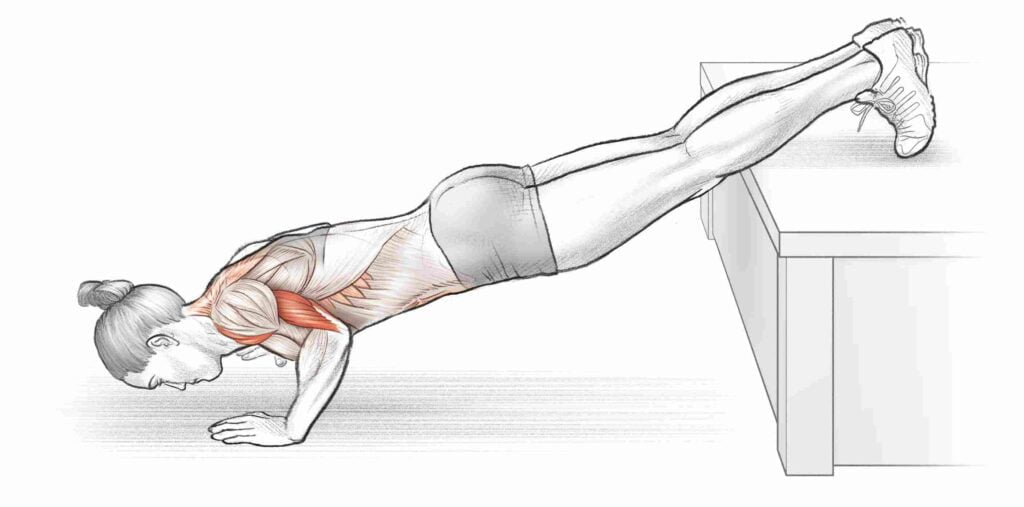
Push-ups are a classic exercise that can be modified to target the upper chest muscles. Elevating your feet on a bench or step increases the amount of weight on your upper chest, making it more challenging.
Place your hands on the ground slightly wider than shoulder-width apart and your feet on an elevated surface, such as a bench or step. Lower your body down towards the ground by bending your elbows, keeping your core engaged and your body in a straight line. Push your body back up to the starting position and repeat.
Dips
Dips are a bodyweight exercise that involve lowering your body down and back up again using parallel bars. They primarily target the triceps, but with a slight adjustment in form, they can also target the upper chest muscles.
Position yourself between two parallel bars with your hands on each bar and your feet off the ground. Lower your body down towards the ground by bending your elbows, keeping your elbows close to your body. Push your body back up to the starting position and repeat.
Incline Cable Flyes
This exercise involves using a cable machine and adjusting the pulleys to a high position. You then lie on an incline bench and pull the cables towards your chest in a flye motion. This exercise targets the upper chest muscles and can help to isolate them.
Set the cable machine pulleys to a high position. Lie on an incline bench facing upwards and grasp the handles with your palms facing inward. Pull the cables towards your chest in a flye motion, keeping your elbows slightly bent. Return the handles to the starting position and repeat.
Incline Dumbbell Press
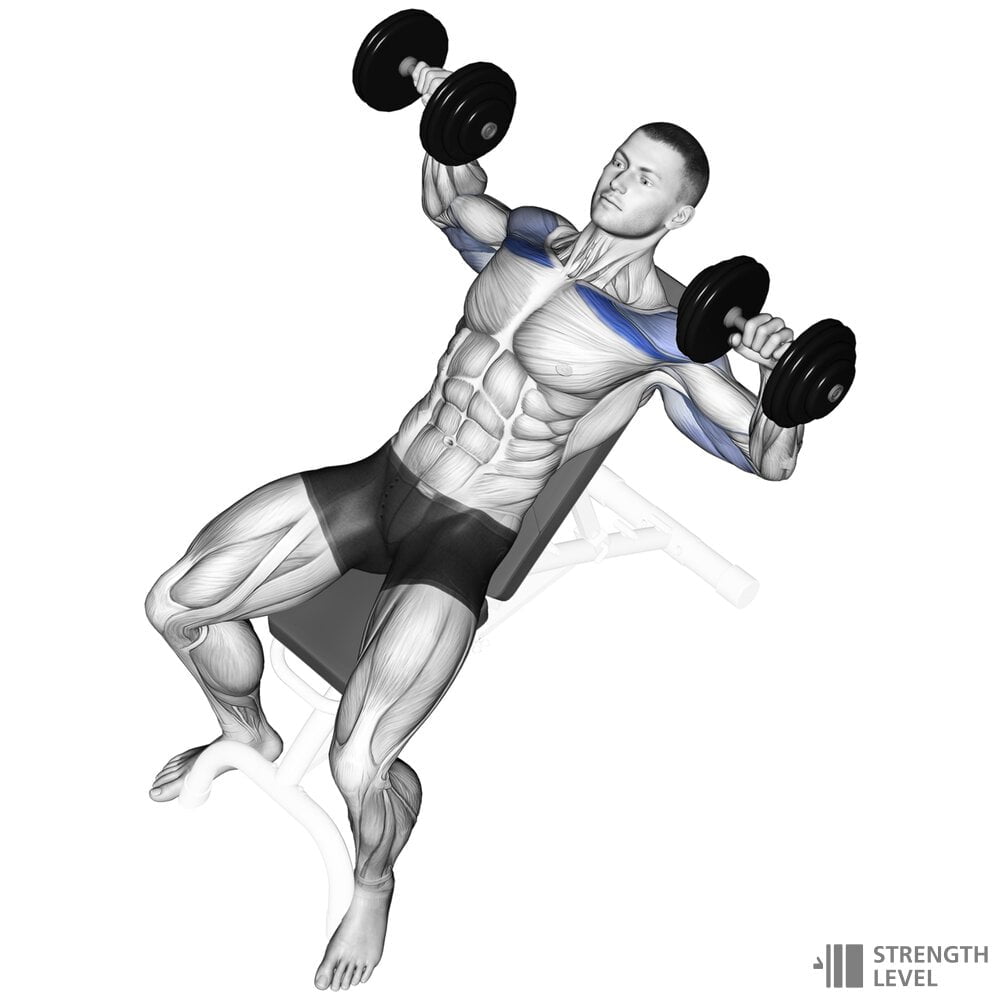
This exercise involves lying on an incline bench and lifting dumbbells with both hands in a pressing motion. It targets the upper chest muscles, as well as the shoulders and triceps.
Lie on an incline bench with your feet flat on the ground. Hold a dumbbell in each hand and lift them up towards the ceiling in a pressing motion, keeping your elbows close to your body. Pause for a moment and then lower the dumbbell back down to the starting position.
Incline Smith Machine Press
Similar to the barbell bench press, this exercise involves using a Smith machine with an adjustable incline bench. It targets the upper chest muscles, as well as the triceps and shoulders.
Similar to the barbell bench press, adjust the incline bench to your desired angle and position yourself underneath the Smith machine bar. Grasp the bar with a wide grip and lower it towards your chest, keeping your elbows close to your body. Pause for a moment and then push the bar back up to the starting position.
Low-to-High Cable Flyes
This exercise involves using a cable machine with the pulleys set to a low position. You then pull the cables upwards in a flye motion, targeting the upper chest muscles.
Set the cable machine pulleys to a low position. Grasp the handles with your palms facing upward and stand facing away from the machine. Pull the handles upwards towards your chest in a flye motion, keeping your elbows slightly bent. Return the handles to the starting position and repeat.
Incline Dumbbell Flyes
This exercise involves lying on an incline bench and lifting dumbbells out to the sides in a flye motion. It isolates the upper chest muscles and can help to build strength and size.
Lie on an incline bench with your feet flat on the ground. Hold a dumbbell in each hand and lift them out to the sides in a flye motion, keeping your elbows slightly bent. Pause for a moment and then return the dumbbells to the starting position.
Explosive Push-Ups
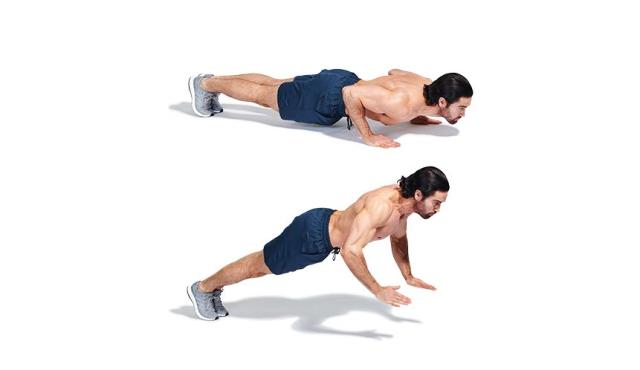
This exercise involves performing push-ups with explosive power, using your upper chest muscles to lift your body off the ground quickly. It’s an advanced exercise that requires good form and control, but it can help to maximize upper chest strength and power.
Perform a regular push-up, but push off the ground with enough force to lift your hands off the ground. Land softly and repeat.
Remember, when performing compound exercises, it’s important to use proper form and technique to avoid injury and maximize results. Incorporating a variety of compound exercises into your upper chest workout routine can help to target the upper chest muscles from different angles and build overall upper body strength and size.
Isolation Exercises for Upper Chest Strength
Here are isolation exercises that target the upper chest and can be incorporated into a workout routine for maximizing upper chest strength:
Incline Dumbbell Flyes

This exercise targets the upper chest by isolating the pectoralis major and minor muscles. The incline position places more emphasis on the upper chest muscles.
- Lie down on an incline bench with a dumbbell in each hand.
- Extend your arms above your chest, palms facing each other.
- Slowly lower the dumbbells out to the sides until your arms are parallel to the ground.
- Pause briefly, then return to the starting position.
- Keep your elbows slightly bent throughout the movement and avoid locking them out.
Incline dumbbell press
Similar to the dumbbell fly, this exercise is performed on an incline bench and targets the upper chest muscles. It also engages the triceps and shoulders.
- Lie down on an incline bench with a dumbbell in each hand.
- Extend your arms above your chest, palms facing away from you.
- Slowly lower the dumbbells until they are in line with your chest.
- Pause briefly, then push the dumbbells back up to the starting position.
- Keep your elbows slightly bent throughout the movement and avoid locking them out.
Cable crossovers
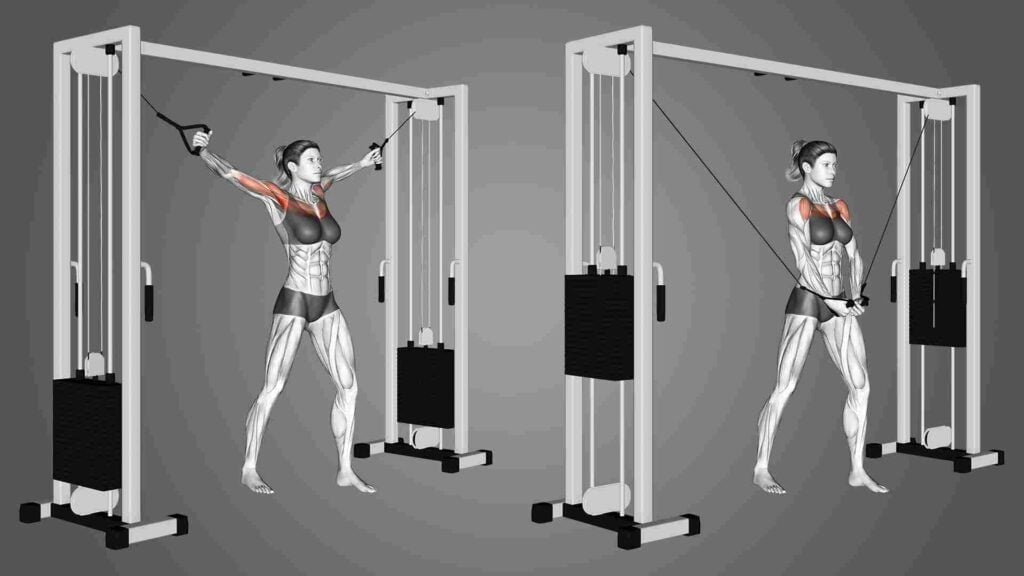
This exercise is performed using a cable machine and targets the upper chest muscles by crossing the cables in front of the body. It also engages the triceps and shoulders.
- Stand facing a cable machine with the cables set at a high position.
- Grasp the handles with your palms facing down and your arms outstretched.
- Slowly bring your hands down and in towards your chest, crossing the cables in front of your body.
- Pause briefly, then slowly return to the starting position.
- Keep your elbows slightly bent throughout the movement and avoid locking them out.
Incline cable flyes
Similar to the cable crossover, this exercise is performed on an incline bench and targets the upper chest muscles. It also engages the triceps and shoulders.
- Lie down on an incline bench facing a cable machine with the cables set at a high position.
- Grasp the handles with your palms facing each other and your arms outstretched.
- Slowly bring your hands down and in towards your chest, keeping your arms straight.
- Pause briefly, then slowly return to the starting position.
- Keep your elbows slightly bent throughout the movement and avoid locking them out.
Push-up variations
Elevating your hands or adding weight to your push-ups can shift the focus to the upper chest muscles.
- Start in a plank position with your hands placed slightly wider than shoulder-width apart.
- Lower your body until your chest touches the ground.
- Push yourself back up to the starting position.
- For elevated push-ups, place your hands on an elevated surface such as a bench or step.
- For weighted push-ups, use a weighted vest or place weight plates on your back.
Reverse-grip cable flyes
This exercise is performed using a cable machine with a reverse grip (palms facing down). It targets the upper chest muscles and also engages the biceps and forearms.
- Stand facing a cable machine with the cables set at a low position.
- Grasp the handles with a reverse grip (palms facing down) and your arms outstretched.
- Slowly bring your hands up and out to the sides until they are in line with your chest.
- Pause briefly, then slowly return to the starting position.
- Keep your elbows slightly bent throughout the movement and avoid locking them out.
Incline bench cable press
This exercise is performed on an incline bench with a cable machine and targets the upper chest muscles. It also engages the triceps and shoulders.
- Lie down on an incline bench facing a cable machine with the cables set at a high position.
- Grasp the handles with your palms facing away from you and your arms outstretched.
- Slowly bring your hands together until they meet in front of your chest.
- Pause briefly, then slowly return to the starting position.
- Keep your elbows slightly bent throughout the movement and avoid locking them out.
Medicine ball push-ups
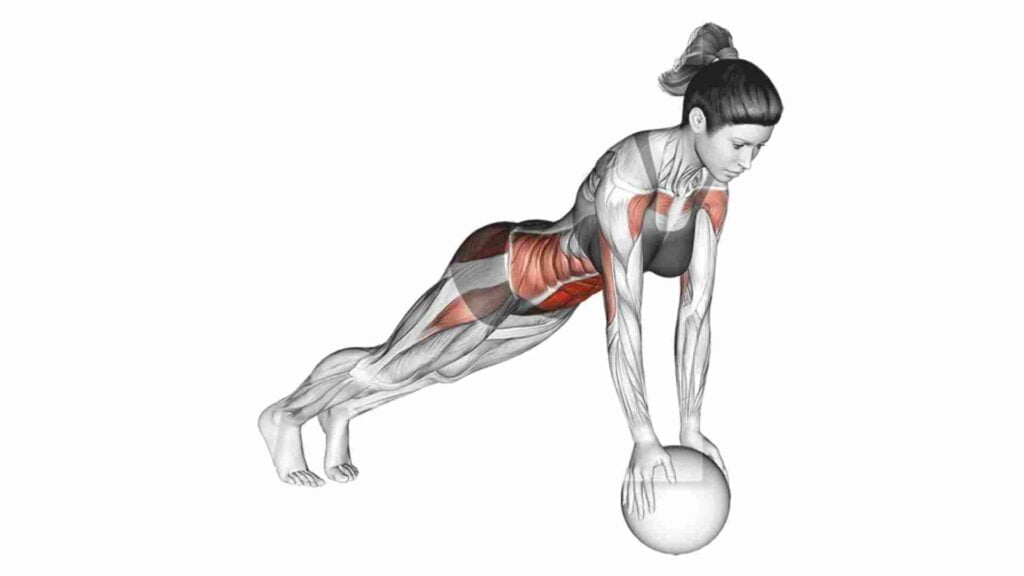
Using a medicine ball during push-ups can increase the range of motion and target the upper chest muscles.
- Start in a plank position with a medicine ball under one hand.
- Lower your body until your chest touches the ground.
- Push yourself back up to the starting position, rolling the medicine ball to the other hand.
- For added difficulty, use a larger medicine ball or place your feet on an elevated surface.
Remember to use proper form and gradually increase weight and intensity over time to maximize upper chest strength.
Incorporating Progressive Overload
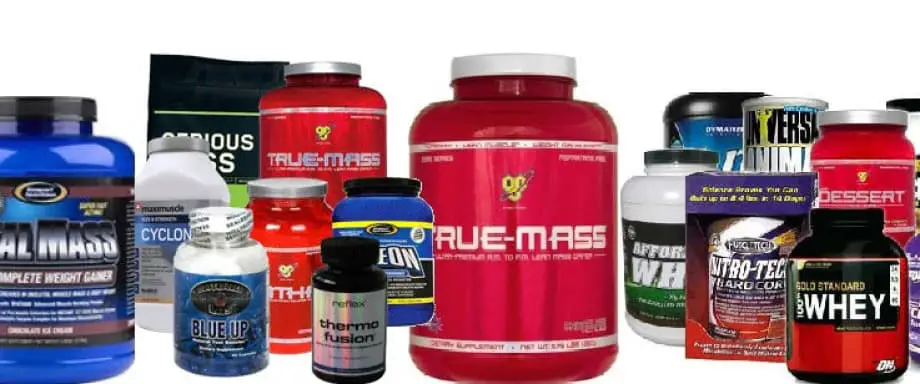
Progressive overload refers to gradually increasing the weight, reps, or intensity of an exercise over time to continually challenge the muscles and stimulate growth. It’s an essential concept in strength training that helps individuals to maximize their upper chest strength gains by creating a constant stimulus for the muscles to adapt and grow stronger.
Without progressive overload, the muscles can quickly adapt to a workout routine, which can lead to a plateau in strength gains. By gradually increasing the weight or intensity of the exercises, the muscles are forced to work harder, resulting in increased strength and size over time.
Incorporating progressive overload into an upper chest workout routine is vital for individuals who want to build upper chest strength and improve their overall physique. However, it’s important to progress gradually, use proper form, and allow for adequate rest and recovery to avoid injury and ensure long-term progress.
Examples of how to increase weight and intensity over time
To effectively incorporate progressive overload in your upper chest training, here are some examples of how to increase weight and intensity over time:
- Increase the weight: The most obvious way to increase the intensity of an exercise is to add more weight. Gradually increasing the weight for your bench press, incline press, or flyes will help you to challenge your muscles and stimulate growth.
- Decrease rest time: Shortening the rest period between sets can increase the intensity of your workout, forcing your muscles to work harder and adapt to the new challenge.
- Increase reps and sets: Increasing the number of reps and sets you perform for each exercise can help you to gradually increase the volume of your training, which in turn can help to maximize upper chest strength.
- Change the angle: Altering the angle of an exercise can change the emphasis on different parts of the muscle. For example, incline bench press targets the upper portion of the chest more effectively than flat bench press.
- Use advanced techniques: Advanced techniques such as drop sets, supersets, and rest-pause sets can be used to increase the intensity of your workouts and challenge your muscles to grow stronger.
By incorporating progressive overload into your upper chest training, you can maximize your strength gains and achieve your desired results. However, it’s important to progress gradually and use proper form to avoid injury and ensure long-term progress.
Proper Nutrition for Upper Chest Strength
Maximizing upper chest strength requires a combination of proper exercise and nutrition. When it comes to nutrition, the key is to provide the body with the necessary nutrients to support muscle growth and recovery. Here are some ways that nutrition plays a crucial role in building upper chest strength:
- Protein: Protein is essential for muscle growth and repair. It’s important to consume enough protein to support the repair and growth of the upper chest muscles after an intense workout. Aim to consume 1-1.5 grams of protein per pound of body weight per day from high-quality sources such as chicken, fish, eggs, and plant-based options like beans, lentils, and tofu.
- Carbohydrates: Carbohydrates provide the energy needed for an intense workout, so it’s important to consume enough of them before and after training. Complex carbohydrates such as brown rice, sweet potatoes, and whole-grain bread provide a steady source of energy and support recovery.
- Healthy Fats: Healthy fats are important for overall health and also play a role in muscle growth and recovery. Include healthy fats in your diet such as nuts, seeds, avocado, and olive oil.
- Hydration: Staying hydrated is crucial for optimal performance and recovery. Aim to drink at least 8-10 glasses of water per day, and more if you’re engaging in intense exercise.
- Creatine: Creatine is a popular supplement for building muscle and strength. It helps to increase energy production in the body and may improve athletic performance. It’s best to consult with a healthcare professional before starting a creatine supplement, as it may not be appropriate for everyone.
- Vitamin D: Vitamin D plays a role in muscle function and strength. It’s important for bone health and may also help to improve muscle strength. Vitamin D can be obtained from sunlight, fortified foods such as milk and cereal, and supplements.
- B vitamins: B vitamins play a role in energy production and can help to reduce fatigue during exercise. Foods rich in B vitamins include whole grains, leafy green vegetables, nuts, and seeds.
- Iron: Iron is important for oxygen transport and muscle function. It’s especially important for women, as iron deficiency can lead to fatigue and decreased athletic performance. Foods rich in iron include red meat, poultry, fish, beans, and fortified cereals.
Remember, it’s best to get your nutrients from whole foods as much as possible. A balanced and varied diet that includes plenty of fruits, vegetables, lean proteins, and whole grains will provide the necessary nutrients for maximizing upper chest strength.
Rest and Recovery
Maximizing Upper Chest Strength also involves giving your muscles enough rest and recovery time between workouts. Here are some tips on how to incorporate rest and recovery into your training program:
- Allow for Rest Days: Schedule at least one rest day per week to give your muscles time to recover. During this time, you can engage in low-impact activities such as walking or stretching.
- Listen to Your Body: Pay attention to how your body feels after each workout. If you feel extremely fatigued or sore, it may be a sign that you need more rest.
- Get Enough Sleep: Aim for at least 7-8 hours of sleep per night to allow your body to recover properly. Sleep is essential for muscle repair and growth.
- Consider Active Recovery: Engage in light activities such as yoga or swimming on your rest days to promote blood flow and aid in recovery.
- Incorporate Foam Rolling: Foam rolling can help release tension in your muscles and aid in recovery. Incorporate foam rolling into your routine on rest days or after your workouts.
Remember, while it’s important to challenge your muscles during your workouts, rest and recovery are equally as important for muscle growth and injury prevention. By incorporating rest days and proper sleep into your training program, you’ll be able to maximize your upper chest strength gains over time.
Avoiding Common Mistakes
Here are some common mistakes that may hinder upper chest strength gains and tips for avoiding them:
- Poor Form: Using improper form during exercises can lead to injury and prevent proper muscle activation. It’s important to focus on proper form and technique when performing upper chest exercises.
- Tip: Start with a lighter weight and focus on form before increasing weight.
- Neglecting Compound Exercises: Compound exercises, such as the barbell and dumbbell bench press, are essential for building upper chest strength. Neglecting these exercises can limit progress.
- Tip: Incorporate compound exercises into your upper chest training routine.
- Not Using Progressive Overload: Progressive overload is important for stimulating muscle growth and strength gains. Not increasing weight and intensity over time can lead to a plateau in progress.
- Tip: Track your progress and increase weight and intensity gradually over time.
- Lack of Variety: Doing the same exercises repeatedly can lead to a plateau in progress and limit muscle growth.
- Tip: Incorporate a variety of exercises for the upper chest to prevent boredom and keep the muscles stimulated.
- Neglecting Nutrition: Proper nutrition is crucial for building muscle and strength. Neglecting proper nutrition can limit progress.
- Tip: Incorporate a diet rich in protein, carbohydrates, and healthy fats to support muscle growth and strength.
- Not Allowing Enough Rest and Recovery: Proper rest and recovery is essential for muscle growth and strength gains. Not allowing enough rest can hinder progress and increase the risk of injury.
- Tip: Incorporate rest days into your training program and make sure to get enough sleep.
- Relying Too Much on Machines: While machines can be helpful for certain exercises, relying too much on machines can limit progress and prevent proper muscle activation.
- Tip: Incorporate free weights and bodyweight exercises into your training program.
By avoiding these common mistakes and implementing these tips, you can maximize your upper chest strength gains and achieve your fitness goals.
Conclusion
Maximizing Upper Chest Strength is essential for improving overall upper body strength and aesthetics. The upper chest muscles play a crucial role in several upper body movements, including pushing and pulling exercises. By incorporating compound and isolation exercises that target the upper chest, you can effectively build upper chest strength.
In addition to targeted training, proper nutrition and rest are crucial for muscle growth and recovery. Adequate protein intake and key nutrients such as creatine and beta-alanine can help support muscle growth. Proper rest and recovery, including sleep and rest days, are also essential for muscle repair and growth.
It’s important to remember that building upper chest strength takes time and consistency. By following a well-designed training program, proper nutrition, and rest and recovery, you can maximize your upper chest strength and achieve your fitness goals. So keep pushing yourself, and don’t give up on your fitness journey!

Good day, and welcome to Fitthour. My name is Shubham Vijay, and I am a certified personal trainer and nutrition coach with 6 years of experience in the fitness industry. At Fitthour, we specialize in types of training, such as strength training, cardio, or HIIT, and our mission is to help clients achieve their fitness goals and improve their overall health.

